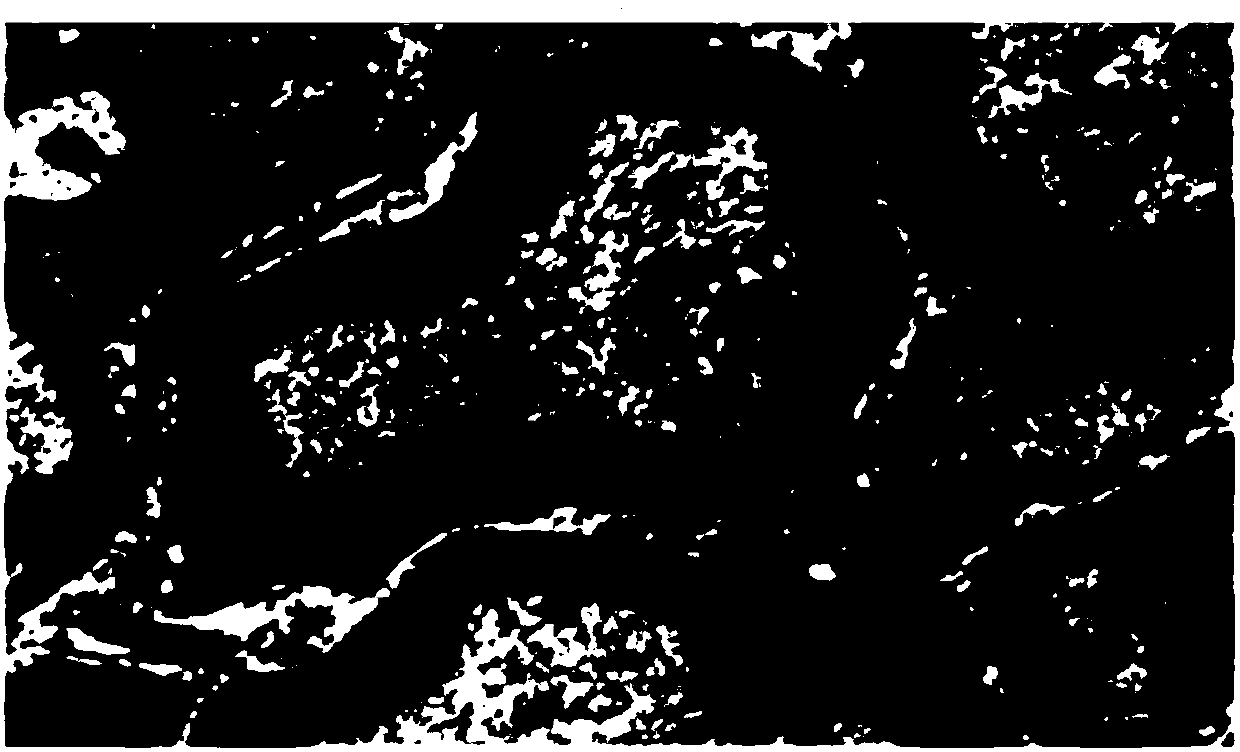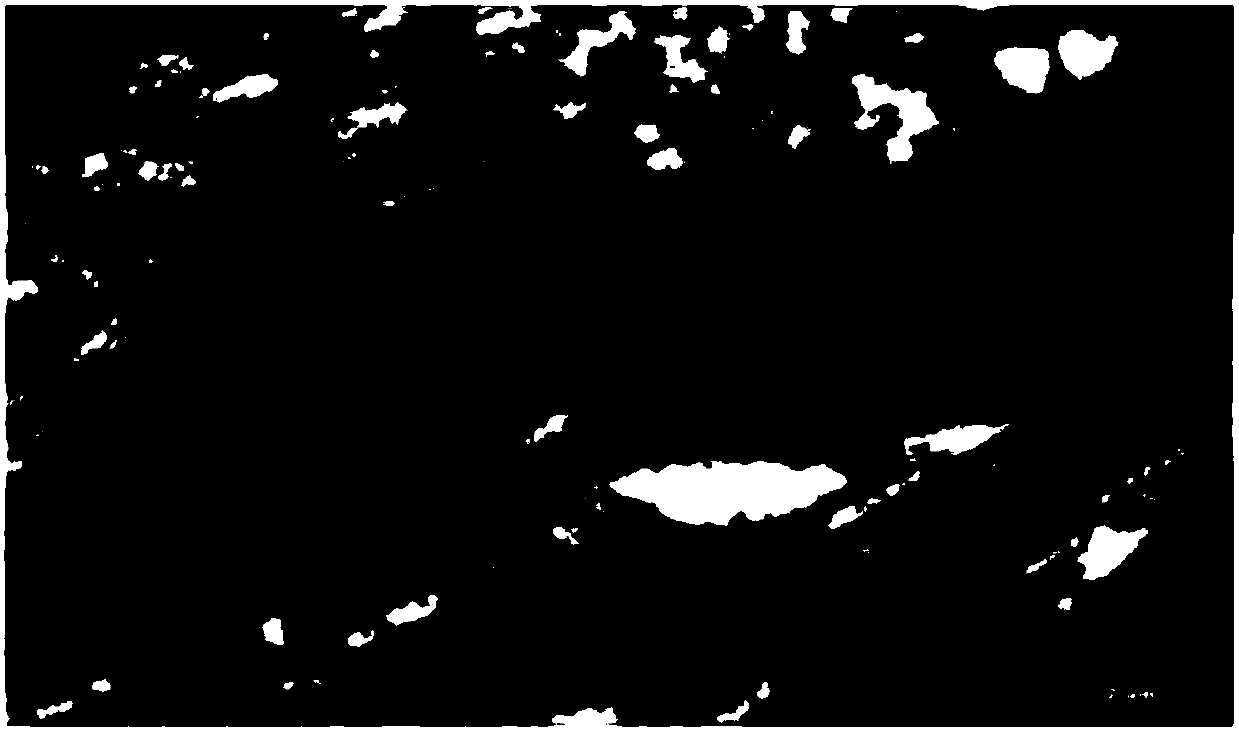Graphene catheter composition, catheter preparation method and application
A technology of graphene and composition, which is applied in the field of biomedicine, can solve the problems that artificial nerve guides cannot achieve autologous nerve transplantation, and achieve the effects of easy quality control, simple preparation, and wide application
- Summary
- Abstract
- Description
- Claims
- Application Information
AI Technical Summary
Problems solved by technology
Method used
Image
Examples
preparation example Construction
[0046] The preparation method of the graphene catheter, the method specifically includes the following steps:
[0047] A. Mix the components in the graphene catheter composition in proportion to obtain a mixture;
[0048] B. Carry out 3D printing or electrospinning of the mixture obtained in step A to prepare a catheter;
[0049] C. The inside of the catheter is sprayed with a layer of bioadhesive material by 3D printing or electrospinning, and cross-linked and solidified to obtain the graphene catheter.
[0050] In the step A, the preparation of the mixture includes mixing the biodegradable material and graphene to prepare a suspension, or adding graphene to the molten biodegradable material and mixing.
[0051] The method also includes the steps of disinfecting and sterilizing the graphene catheter prepared in step C, and then packaging.
Embodiment 1
[0052] Example 1 Preparation of graphene catheter composition
[0053] Based on 100% of the total weight, the weight ratio of graphene (which is at least one of single-layer graphene, multilayer graphene, and graphene oxide) is 0.5%, 1%, 2%, 5%, and 10%, respectively. The weight ratios of biodegradable materials (PCL, PLA, PLGA, collagen, gelatin or any combination thereof) are respectively 99.5%, 99%, 98%, 95%, and 90%, and the mixing method includes: Use hot-melt biodegradable materials (the temperature is higher than the melting point temperature of the material, such as PLA temperature is higher than 80 degrees Celsius), or use organic solvents (such as dichloromethane, ethyl acetate) or water to dissolve the biodegradable materials (such as biodegradable materials) When the degradable material is PCL, PLA or PLGA, it is dissolved in an organic solvent, and when the biodegradable material is collagen or gelatin, it is dissolved in water), and then graphene is added and mixed...
Embodiment 2
[0054] Example 2 Preparation of graphene catheter
[0055] Electrospin the catheter material of Example 1 to prepare catheters, use conventional electrospinning technology to prepare various required catheters; or use 3D printing technology to print various catheters; or use catheter molds to prepare various required catheters Conduit, such as single-layer graphene or multilayer graphene PLA conduit, graphene oxide PLA conduit, single-layer graphene or multilayer graphene PCL conduit, graphene oxide PCL conduit, single-layer graphene or multilayer graphene PCLA conduit Graphene oxide, PCLA catheters, etc. can all be prepared by the method of this embodiment. Such as 3D printed and 1% graphene PCL nerve conduit (such as figure 1 Shown) has good nerve regeneration properties such as elastic modulus better than pure PCL printing (48.32 and 31.77MPa respectively).
PUM
| Property | Measurement | Unit |
|---|---|---|
| Average pore size | aaaaa | aaaaa |
| Thickness | aaaaa | aaaaa |
| Thickness | aaaaa | aaaaa |
Abstract
Description
Claims
Application Information
 Login to View More
Login to View More - R&D
- Intellectual Property
- Life Sciences
- Materials
- Tech Scout
- Unparalleled Data Quality
- Higher Quality Content
- 60% Fewer Hallucinations
Browse by: Latest US Patents, China's latest patents, Technical Efficacy Thesaurus, Application Domain, Technology Topic, Popular Technical Reports.
© 2025 PatSnap. All rights reserved.Legal|Privacy policy|Modern Slavery Act Transparency Statement|Sitemap|About US| Contact US: help@patsnap.com



